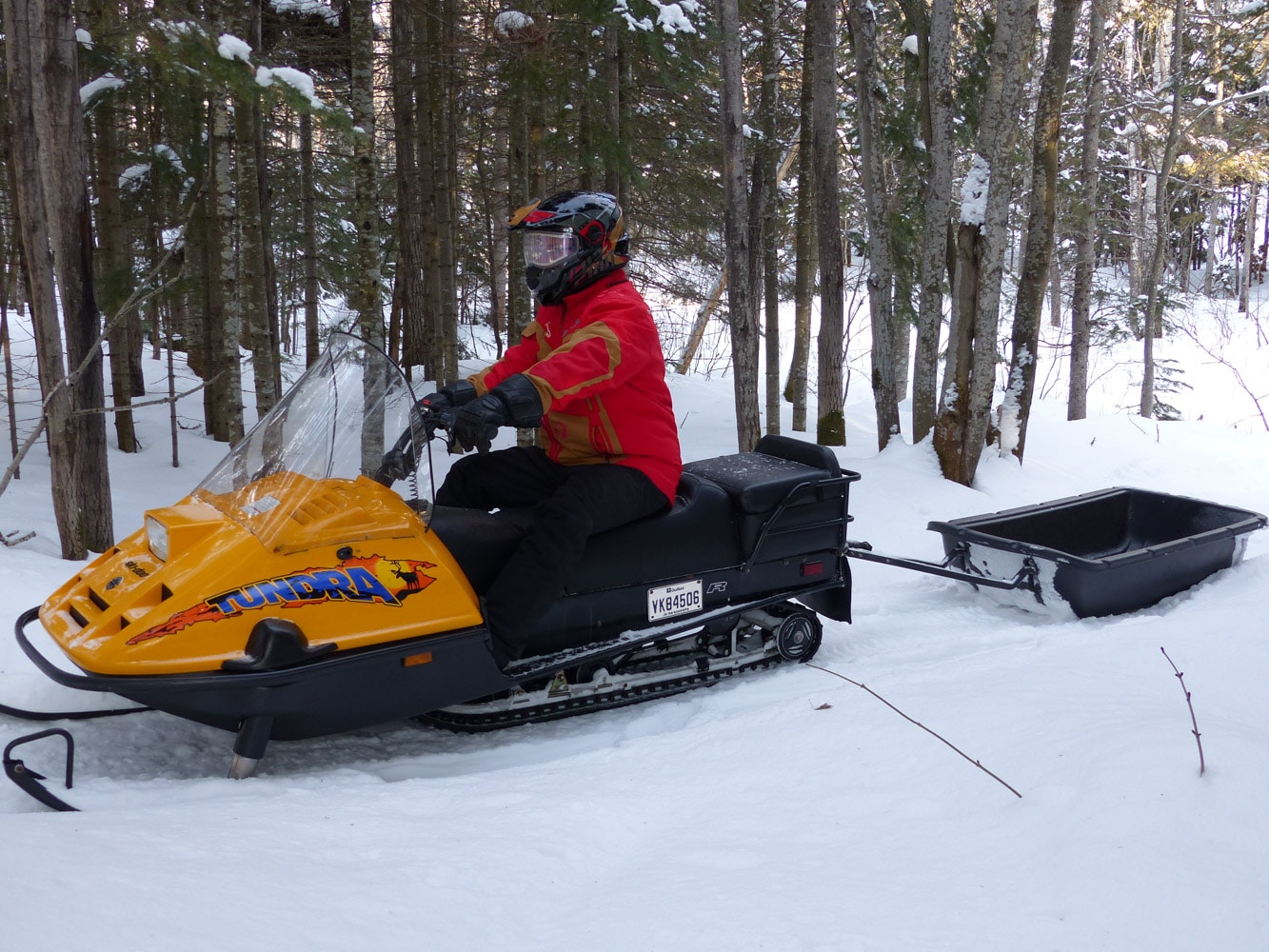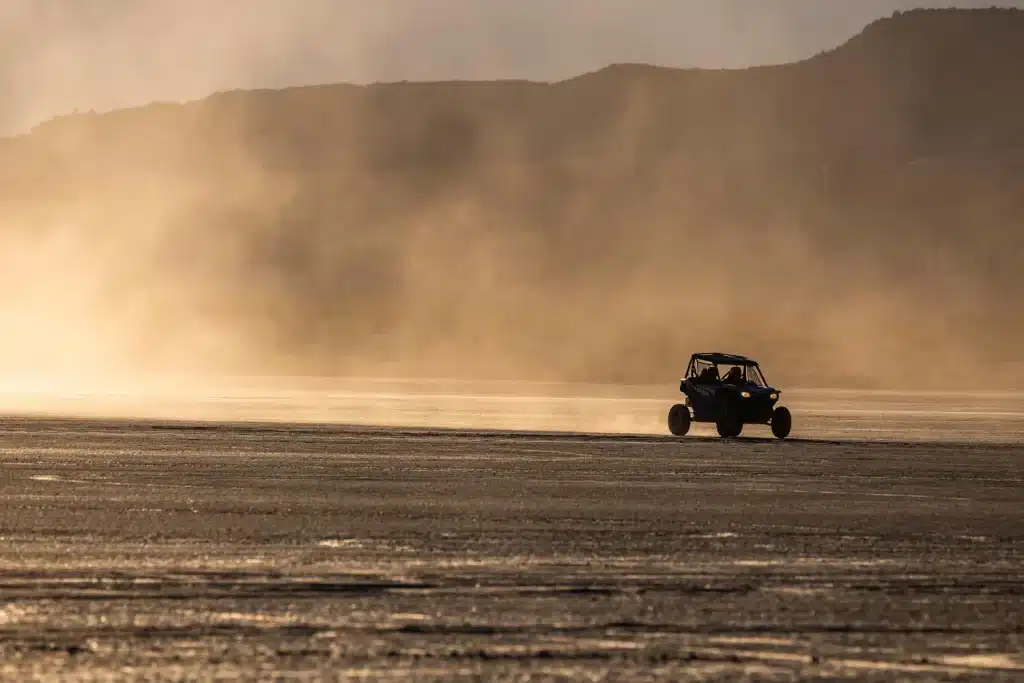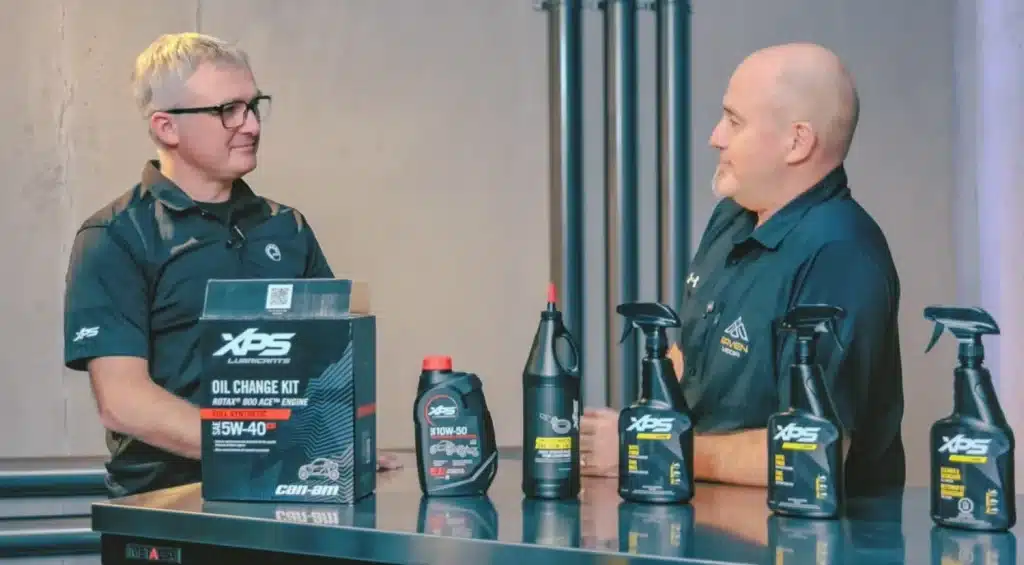What is going on with this mythical Tundra? For those who follow the used snowmobile market, it is almost impossible not to have noticed the rise in the price of snowmobiles. It’s noticeable that the trend is general. However, it is incredibly marked on the first and second generation of this rider of the woods. So, let’s take a look at the evolution, the analysis, the test and the origin of this rush towards this Tundra.
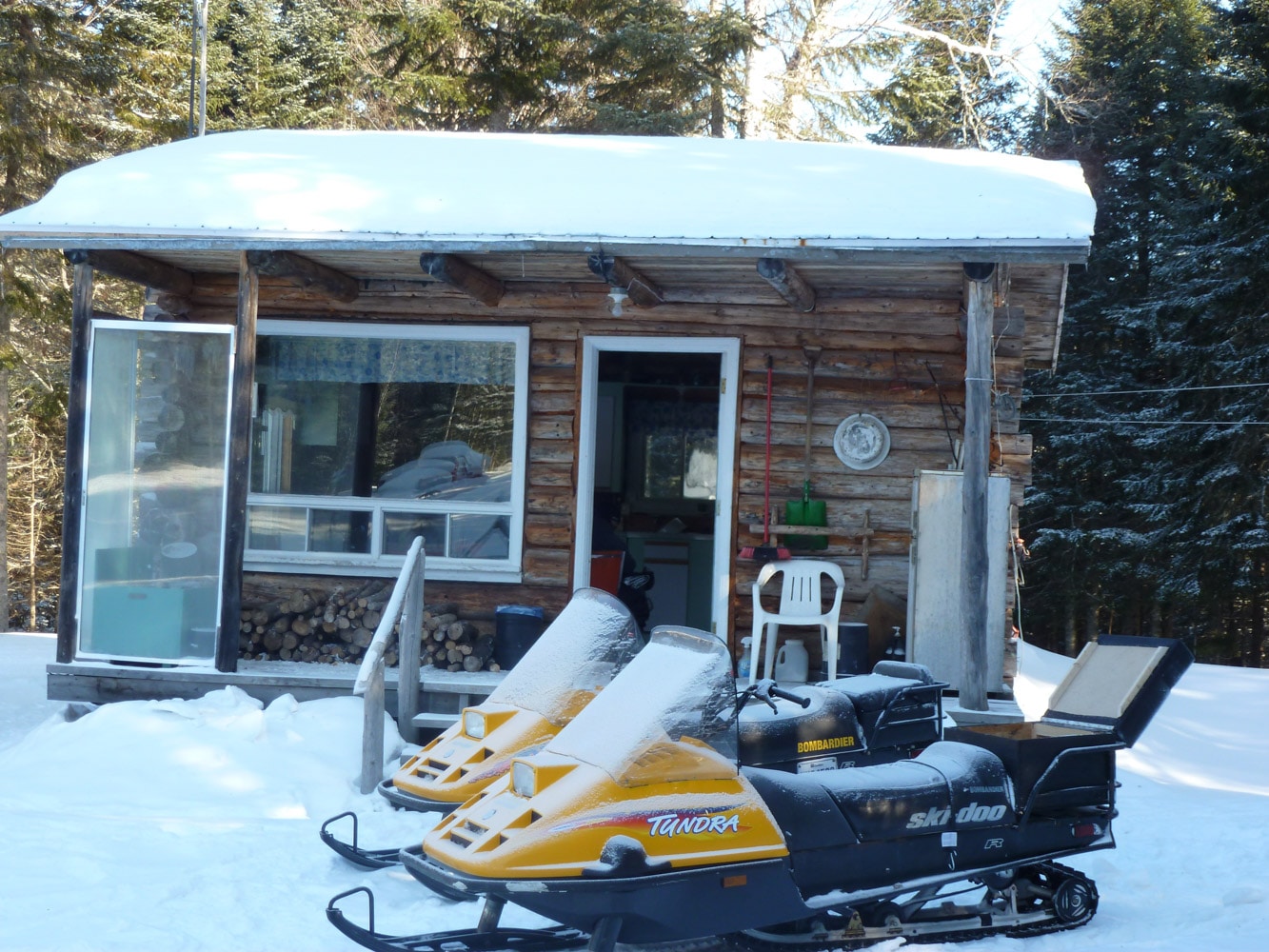
What is going on with this mythical Tundra? A little bit of history
At the time, the small displacement snowmobile that Bombardier marketed was the √Član. This snowmobile was very agile in the woods, but had the unfortunate tendency to be unstable. The engine was lubricated by using gasoline premixed with oil. Honestly, the Ski-Doo √Član was out of date. Bombardier marketed the √Član from 1971 to 1996. The Tundra shared the market with the √Član for 11 years.
In 1985, the Citation Tundra joined the Ski-Doo family. It is powered by a one-cylinder two-stroke engine of 248 cubic cm. This Tundra uses an oil injection pump to lubricate its engine. The track on this snowmobile is 15 inches wide and 124 inches long. The front suspension is made up of common suspension blades mounted directly to the skids. Being a basic snowmobile, its low price made it affordable. Its only real competitor was the Yamaha Bravo.
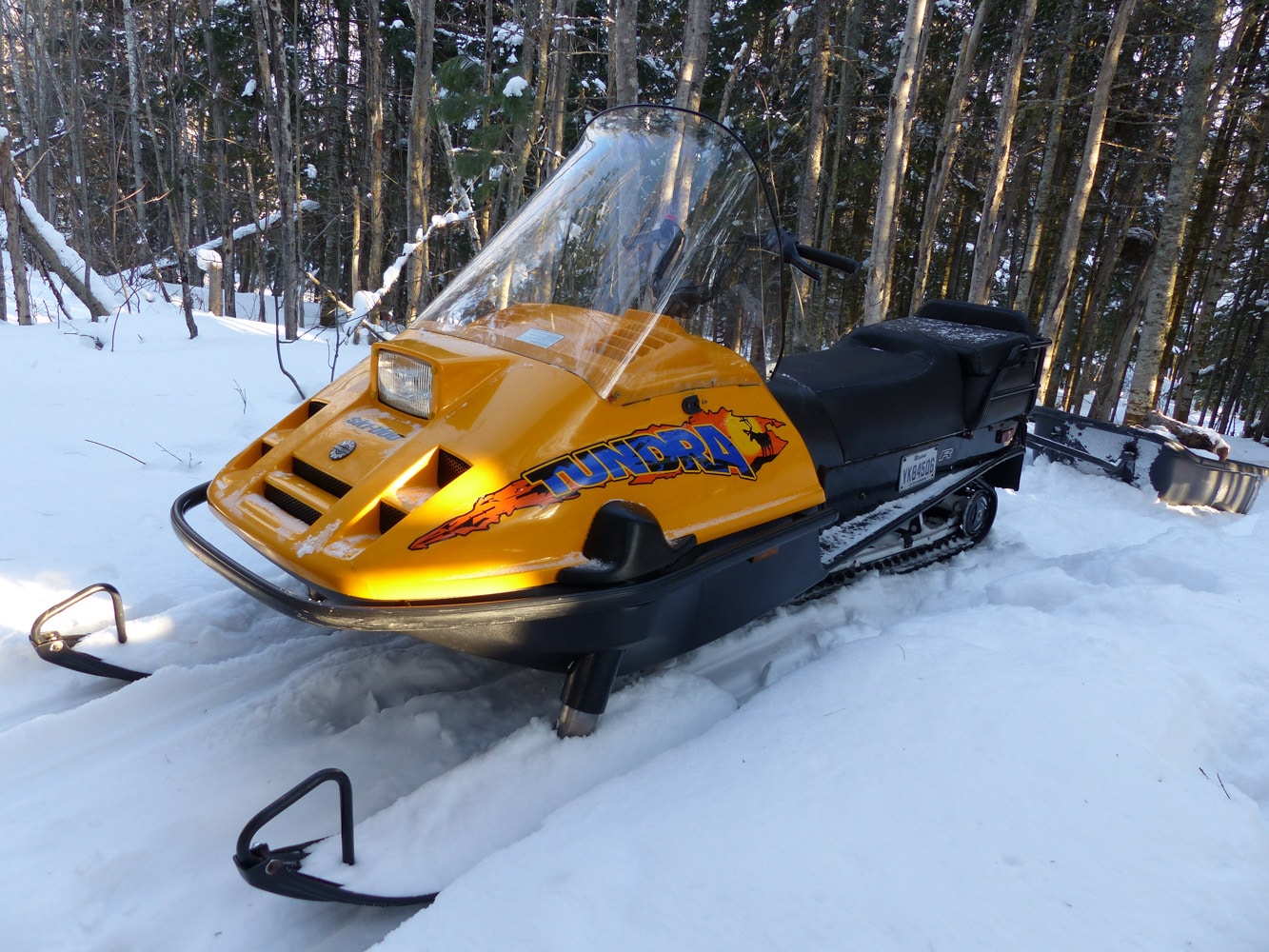
In 1986, Ski-Doo dropped the Citation name and renamed this racer of the woods the Tundra. Over time, this rare pearl became the Tundra II, the Tundra II LT and the Tundra R. The front suspension will change from simple blades to a telescopic suspension still used today. The short track will be abandoned in favor of a new 139-inch track. As for the engine, it will be replaced by a 268.7 cubic cm engine. The electronic reverse gear and heated handles will also be added over the years in the first two generations.
In 2006, the Tundra got a makeover. Unfortunately, it was not so well received. The slightly bloated engine and the new chassis configuration were not perfect, but still good. The negative was mainly the front suspension arms. These suspension arms piled up snow in front of the snowmobile and prevented it from moving forward in deep snow. In 2010, Ski-Doo reacted well and significant improvements were made to bring the sled up to customer expectations.
What is going on with this mythical Tundra? Test and analysis
The Tundra that served as the subject of analysis is a 2003. It fits exactly in the coveted generation. Its mechanical and aesthetic condition is acceptable for the year. The use that the owner makes of it is mainly to entertain the family or to go to camp in the forest.
Starting the engine is simple, but requires some mechanical knowledge. It starts with one, two, but not three strokes of the primer. But if the weather is colder, we go with three. First, we remember how much the fuel injection system spoils us. Then, a simple stroke of the rope and the engine is running.
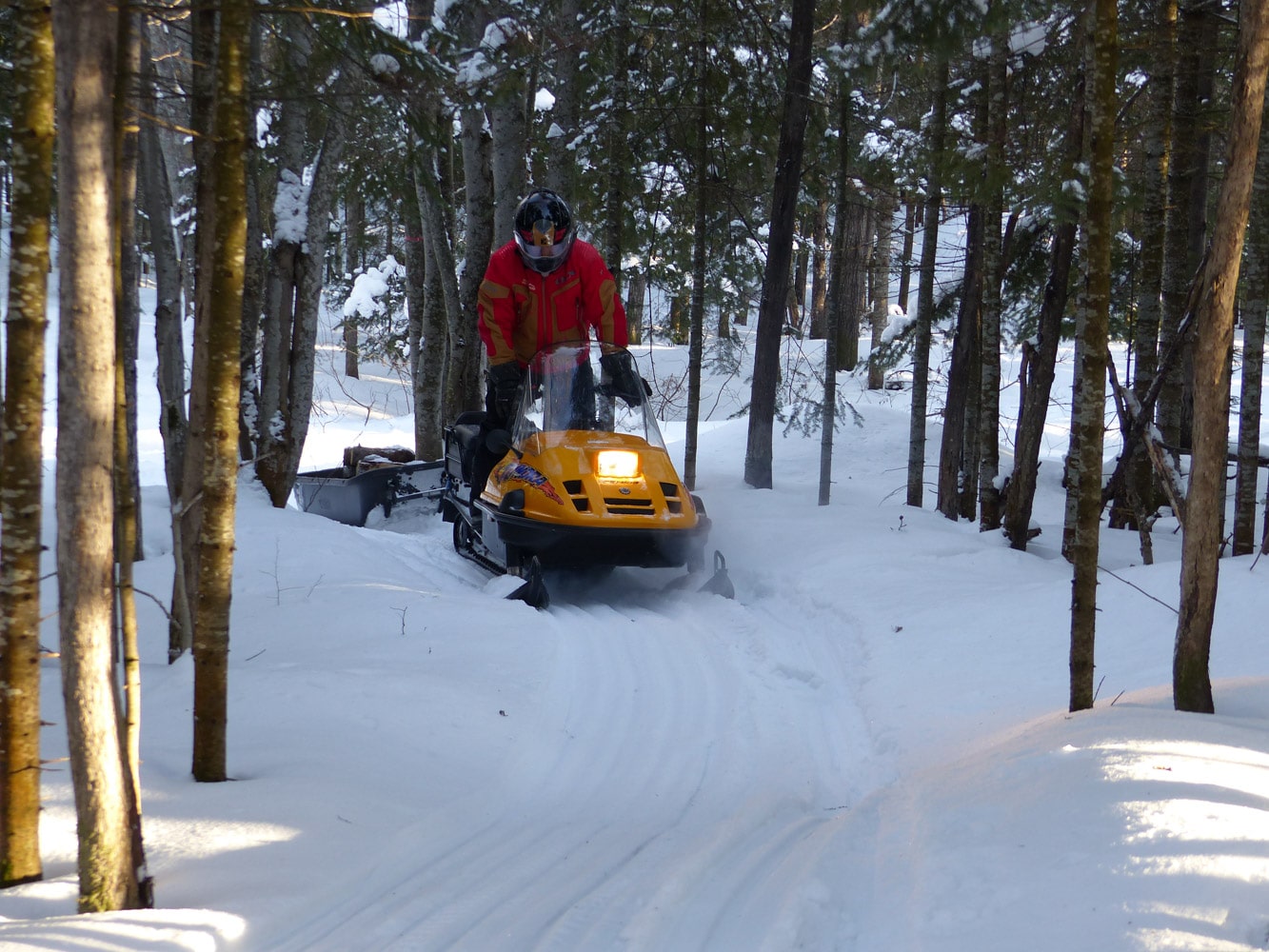
As for the Tundra’s vocation, it is definitely not a trail snowmobile, but rather a utilitarian one. The light and narrow design of this mount makes it user-friendly in the woods. The ride as well as the hatch are in keeping with it. For a small engine, its ability to pull a sled is impressive. It can easily carry your luggage or firewood. At the cottage, it will do the job.
Mechanically, there is nothing extravagant. Forget the thrill of great performance. On the other hand, the reputation about its reliability is real. If something breaks, even in the engine, it is likely to be simple and inexpensive to repair. Therefore, due to age, the acquisition of certain parts is more difficult.
The prized Tundra
It’s not uncommon to see a 2000 Tundra selling for $5,000 and even up to $7,500. So here we are with a higher price than when it was new. What’s going on? It’s obvious that demand and supply are the source, but why the Tundra? First of all, there has been a trend towards vintages in recent years. Mechanical simplicity, low fuel consumption and a return to easy access to the forest are perhaps some of the reasons why this model is attractive. As for the pandemic, it probably played a role in this plague. Does the scarcity of new snowmobiles have anything to do with it? Unfortunately, I don’t have a precise answer.
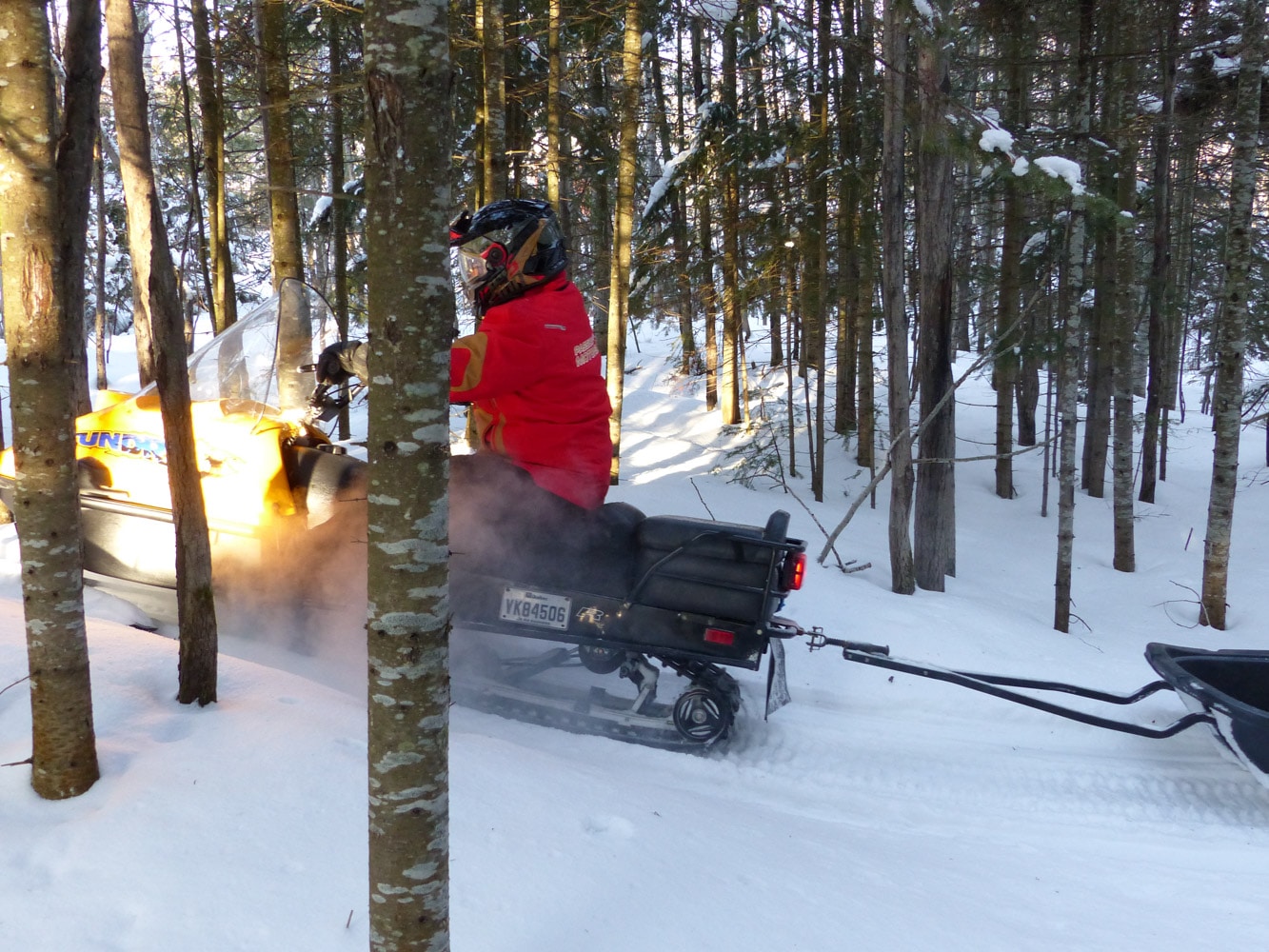
In conclusion, this snowmobile allows you to have fun around the house or cottage without having to meet the financial obligations of a full-size snowmobile. Perhaps it’s simply a return to its roots. In 2021, the Tundra is still very much alive and well with incredible flotation capability. Sure, the price is not the same, but neither is the snowmobile. It has benefited from some wonderful Kaizen-like improvements. Will this latest generation leave its mark on history like its ancestor did? The future will tell us!

